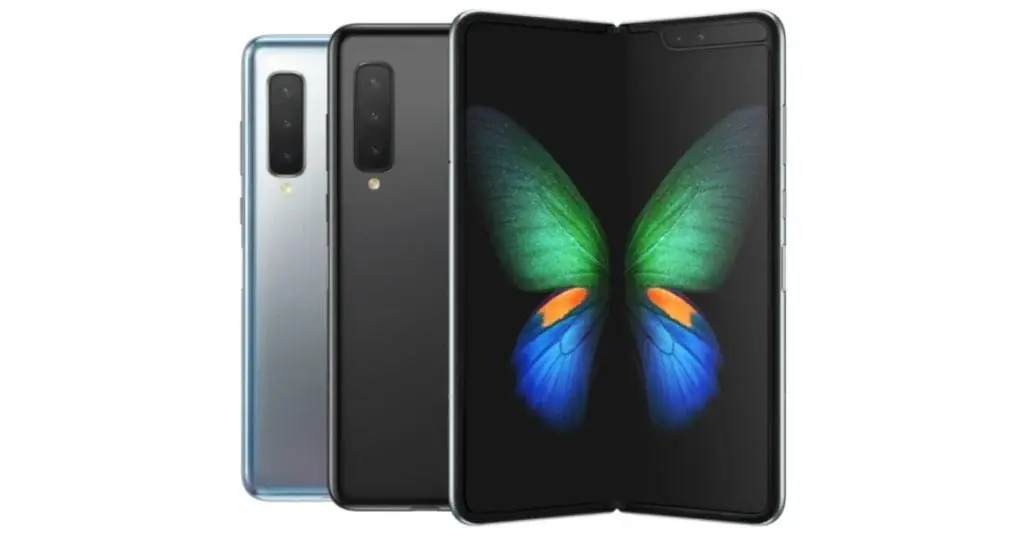Samsung Rumored to Cut Foldable Smartphones Costs With Budget Friendly Inkjet Printing
Samsung is known for its lineup of foldable devices, including popular series like the Galaxy Fold and Flip. However, these phones, such as the Galaxy Z Flip 5 and Galaxy Z Fold 5, come with a hefty price tag of $1,000 and more. In an effort to make foldable smartphones more affordable, Samsung is reportedly exploring cost-cutting solutions like inkjet printing for foldable displays.
Expanding the Foldable Lineup
On January 17, Samsung unveiled its latest flagship phones, the Galaxy S24 series, at the Unpacked event. Following this release, the company has plans to introduce the Flip 6 and Fold 6. Additionally, rumors suggest that Samsung is working on a budget-friendly foldable phone with a book-style design, which is expected to be significantly cheaper than the current foldable models.
Shifting to Inkjet Printing Technology
Previously, Samsung utilized the Micro Dry Process Decoration (MDD) for its foldable phone screens. This involved creating frames by cutting films from a roll, with the necessary ink already embedded in the film. However, this method raised concerns due to its cost implications. Thankfully, after extensive research and development efforts, Samsung is now transitioning to inkjet printing technology.
By adopting inkjet printing, Samsung aims to extract more frames from the original film, ultimately reducing costs and potentially lowering the prices of its foldable smartphones. The frames of OLED panels play a crucial role in hiding internal circuits and components, and frame films are applied post-coating to protect against oxygen and water. Once the frames are in place, ultra-thin glasses are laminated onto the panels to complete the production process.
Staying Ahead in a Competitive Market
Samsung currently holds a prominent position in the foldable smartphone market, which continues to expand rapidly and contribute significantly to the company’s revenue. However, the smartphone market as a whole faces increasing competition from brands like Xiaomi, Oppo, Honor, and Vivo. In order to maintain its advantage, Samsung must leverage its position and extensive knowledge in this sector.
This strategic move to explore inkjet printing technology could potentially help Samsung regain its title as the world’s largest smartphone manufacturer, which it lost to Apple. By finding ways to reduce costs and make foldable smartphones more accessible to a wider audience, Samsung aims to solidify its position and continue to lead the market.
In conclusion, Samsung’s rumored exploration of inkjet printing technology for its foldable smartphones is a promising development. By cutting costs and potentially reducing prices, Samsung aims to make these innovative devices more budget-friendly. As the company expands its foldable lineup and faces competition in the market, this strategic move could play a significant role in Samsung’s future success.


Leave a Reply